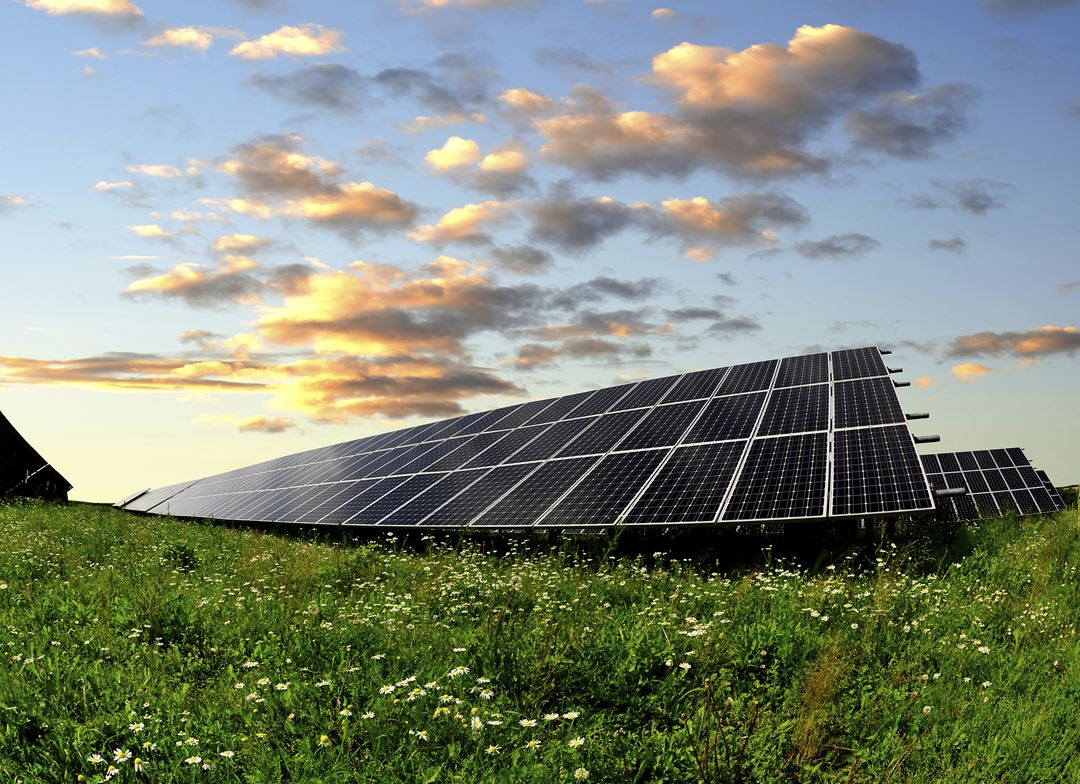By Ole Martin Løvvik,
senior scientist at SINTEF Materials and Chemistry
and adjunct professor at the University of Oslo.
This article has already appeared in the Norwegian daily Dagens Næringsliv, on August 15, 2014.
Sunlight brings enormous amounts of energy to our planet: 10,000 times more per unit time than the entire global energy consumption. Solar cells convert light directly into electricity and will probably be the source of much of our electricity production in the future.
Today’s solar cells exploit only about 14 – 22 percent of the energy in sunlight, depending on how they are made. However, with financial support from the Research Council of Norway, SINTEF and the University of Oslo are currently developing technology that can make tomorrow’s solar cells twice as efficient as those of today.
If we succeed, it will virtually be like “reinventing the solar cell”!
Price almost halved

|
| "If we succeed, it will virtually be like reinventing the solar cell," says Ole Martin Løvvik in this article. |
How much power can you get per square metre roof or façade covered in solar cells? This question is becoming ever more important, since a growing proportion of the cost of solar power is due to the costs of mounting and connecting solar panels.
Therefore, if solar cells double their efficiency, the cost per kilowatt-hour will almost halve, substantially improving the competitiveness of solar power.
High theoretical maximum performance
Today’s commercial solar cells are mainly made of highly purified silicon. No matter how much they are refined, however, they cannot convert more than 30 per cent of the sunlight that falls on them into electricity. In our project we utilise a different material, which has a theoretical maximum conversion efficiency of 60 per cent. And best of all, the material is in principle no more expensive than solar cell-quality silicon.
Silicon carbide is normally used in bulk amounts as e.g. abrasives, and we are currently developing this material together with scientists from Linköping University in Sweden.
“Climbing the mountain”
In all solar cell materials the electrons must perform a sort of “mountain climbing” in order to be able to produce electricity. The secret behind the new material is that it enables alternative climbing routes that lead many more electrons to the top.
Electrons are the carriers of electricity. In the dark, the electrons in silicon are restricted to fixed shells around the atom, and no current can pass. But when the sun shines on a solar cell, it bombards the electrons with light particles (photons) which “kick” the electrons out from their safe shelter around the atoms. Suddenly the electrons are slung up a precipitous “cliff”. But they do not all get the same hard kick from below.
Some of the electrons get a push strong enough for them to reach the mountain top. Only when they are there can they produce current. In a silicon-based solar cell most of the light in the rainbow will bring electrons to the top so that they become current producers. But the energy they produce depends on the height of the mountain. The higher the top of the mountain is, the more work the electrons can perform. But in silicon, the height is relatively low.
New “mountain landscape”
The face of the mountain consists of an energy range called the bandgap, in which it is impossible for electron states to exist. The new material gives us the chance to create a whole new mountain landscape. Among other things, we make the mountain top higher, so that each electron gives us more energy.
But only the electrons that have received the hardest kicks upwards will reach this top. Therefore we place a shelf just over half-way up the face of the mountain, on which electrons that receive medium-intensity kicks can land. Afterwards can the “laziest” photons – the particles from the least energetic part of the light – attack the electrons on the shelf and kick them the last bit to the top.
In technical language this means building more bandgaps into one and the same material. If we succeed, we will have utilised much more of the light than silicon-based solar cells manage to do. We will try to create the mountain shelf by adding tiny amounts of doping substances to the final material – in the right combination and quantity. No-one anywhere in the world has managed to do just this, so the risk of failure is high.
If everything goes well, we will probably need ten years to turn our ideas into market-ready solar cells. But we hope and believe that the results will be worth the wait.
:

